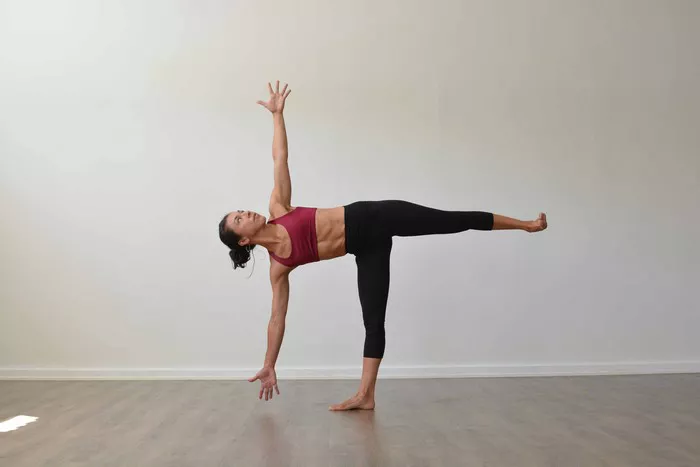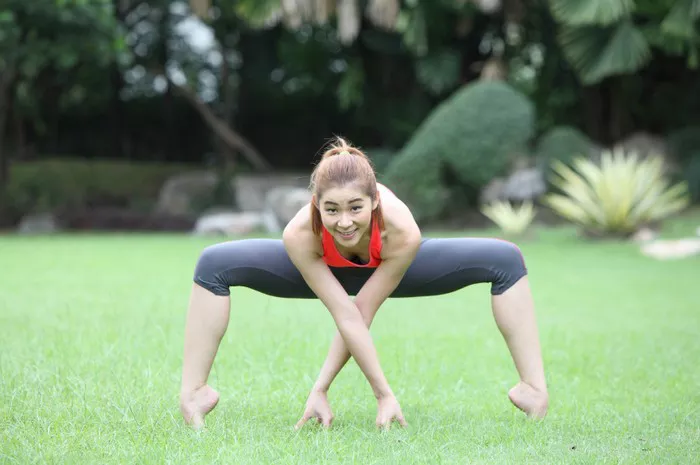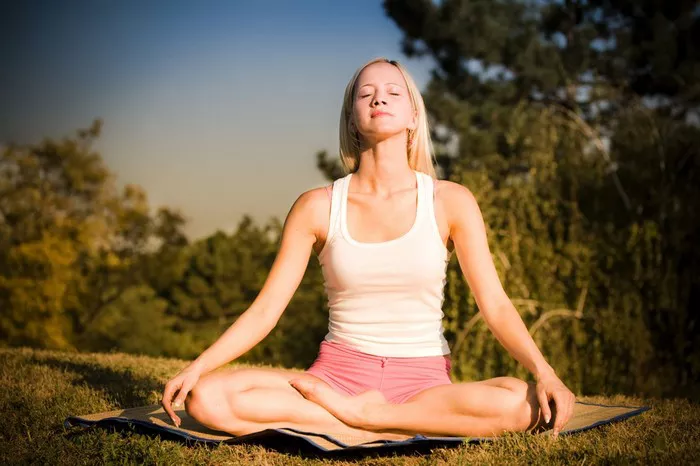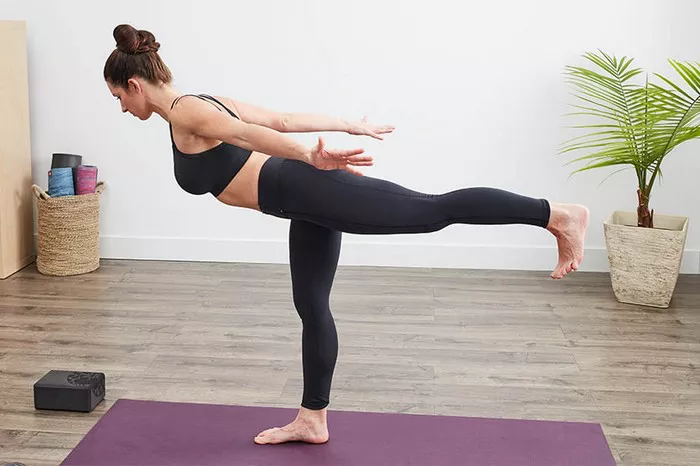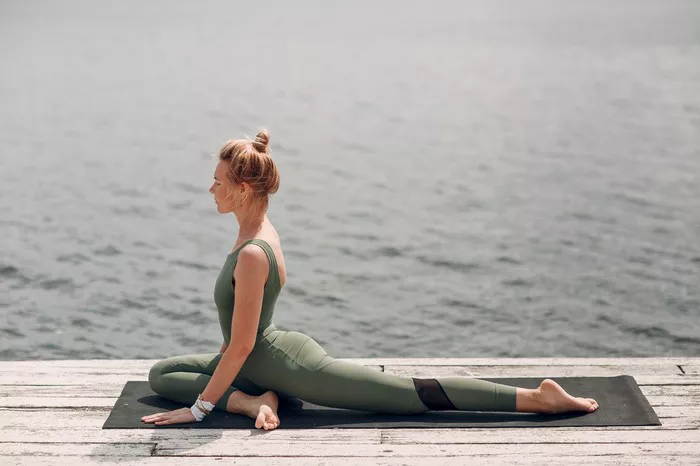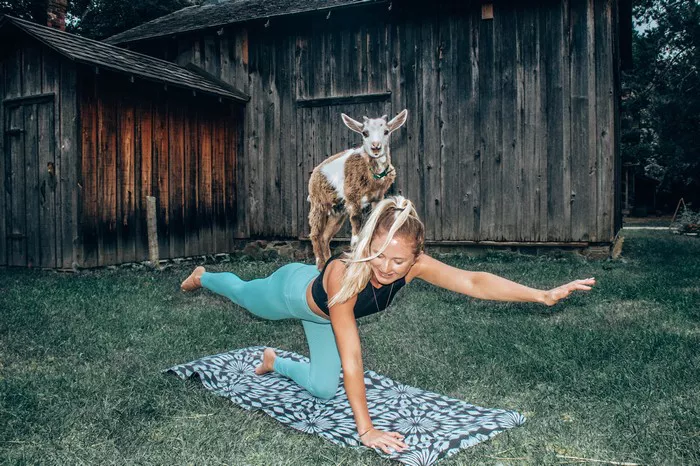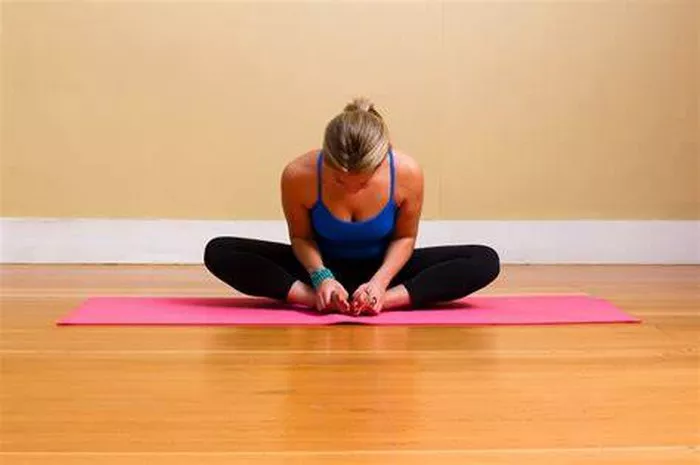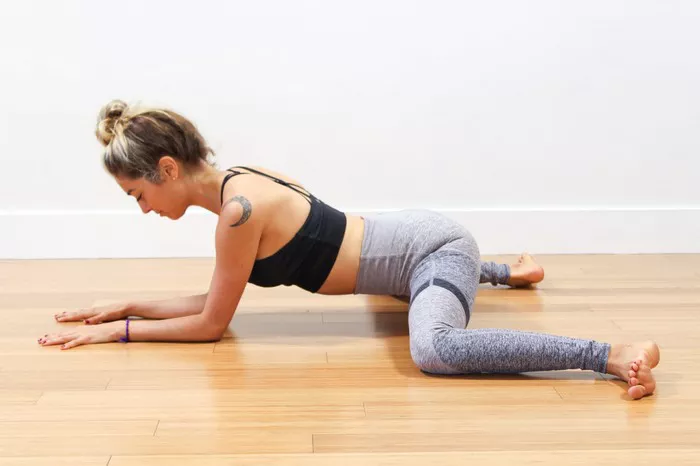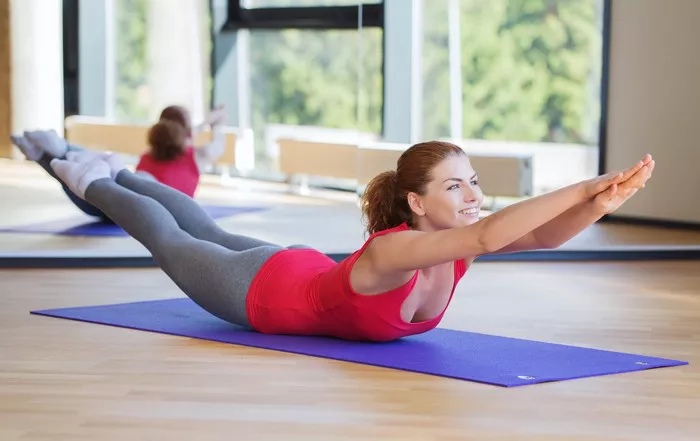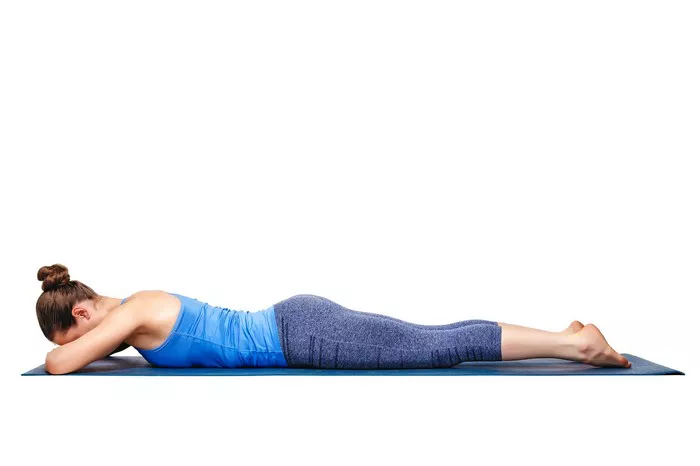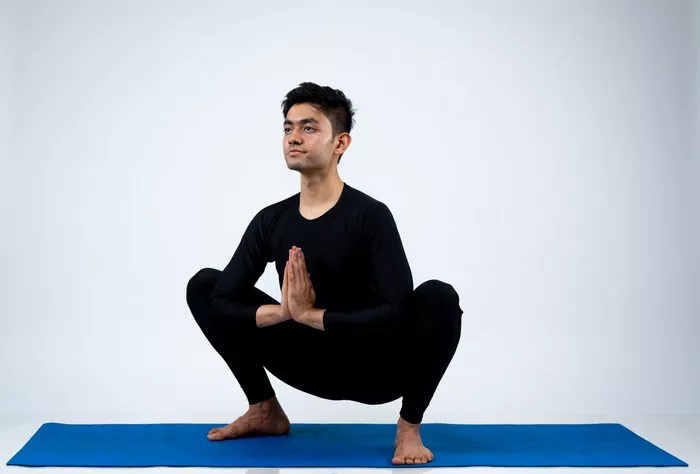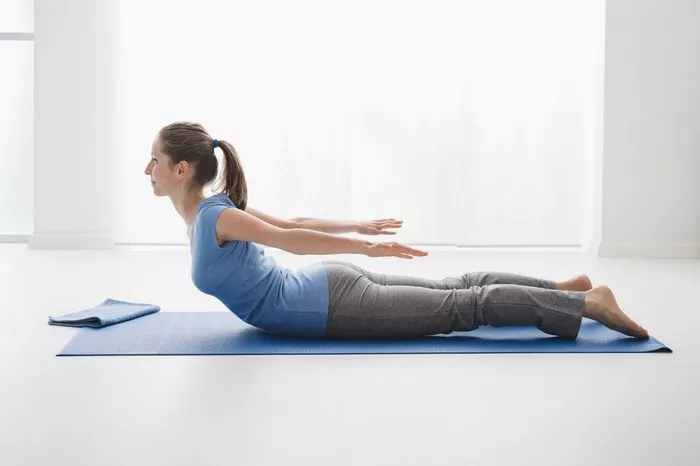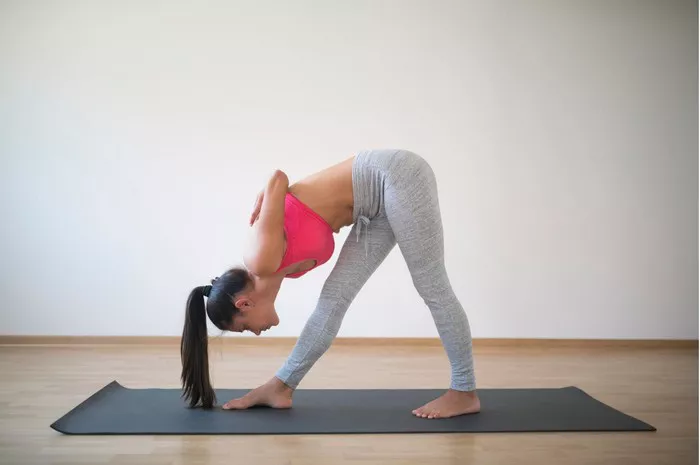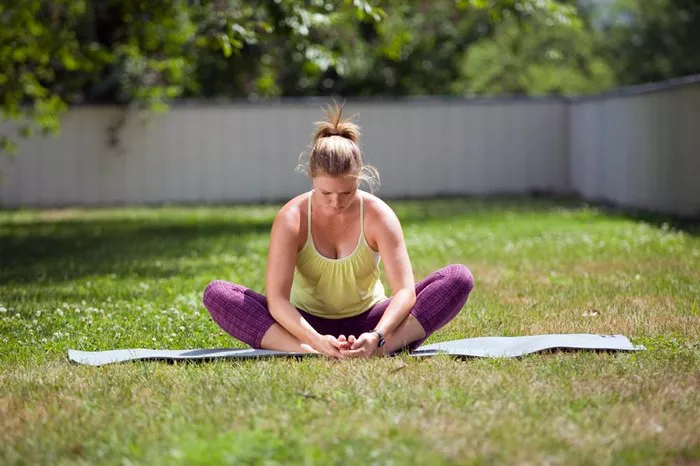The Triangle Pose, or Trikonasana, is a fundamental standing yoga posture often introduced in beginner classes due to its accessibility and wide range of benefits. This pose engages multiple muscle groups, enhances flexibility, and improves balance. However, for beginners, one of the most frequently asked questions is: how long should I hold this pose? Understanding the ideal duration can maximize its benefits while minimizing the risk of injury.
Importance of Holding Time in Yoga
In yoga, the duration for which a pose is held is not arbitrary. Holding time plays a crucial role in determining the physical and mental impact of the practice. It helps build strength, improve alignment, and foster mindfulness. Especially in static poses like Triangle Pose, the time spent can significantly influence the depth and effectiveness of the stretch.
Holding time varies based on the style of yoga, the goal of the practice, and the experience level of the practitioner. Beginners must pay attention to body signals and avoid pushing too far, as the purpose of yoga is holistic well-being, not strain.
Benefits of Holding the Triangle Pose
Holding Triangle Pose for an appropriate length of time can yield a multitude of benefits. These include:
- Improved Flexibility: Especially in the hamstrings, hips, and spine.
- Enhanced Stability: Engages the legs and core, improving overall balance.
- Stimulated Organs: Massages internal organs, aiding digestion and circulation.
- Stress Relief: Encourages focused breathing and mental relaxation.
- Postural Awareness: Aligns the spine and strengthens the back and shoulders.
These benefits are optimized only when the pose is held long enough to engage muscles but short enough to avoid fatigue or misalignment.
Ideal Holding Time for Beginners
For those new to yoga, holding Triangle Pose can feel challenging. Beginners should aim to hold the pose for 15 to 30 seconds on each side. This duration allows enough time to focus on alignment and breathing without overexertion.
- Start with 15 Seconds: Begin your practice with a manageable 15-second hold. Use this time to focus on correct alignment and breath.
- Gradually Increase Duration: As your strength and flexibility improve, extend the holding time to 30 seconds.
- Use a Timer: Setting a gentle timer can help you maintain consistency and avoid overstraining.
Consistency in holding the pose for the recommended duration helps build the stamina needed for longer holds in the future.
Step-by-Step Guide to Triangle Pose
Ensuring correct form is critical before focusing on how long to hold the pose. Follow these steps for safe and effective practice:
- Start in a Wide Stance: Stand with feet about 3 to 4 feet apart.
- Turn One Foot Out: Rotate your right foot 90 degrees outward; keep the left foot slightly inward.
- Extend Arms: Stretch arms out parallel to the floor, palms facing down.
- Reach and Tilt: Reach forward with your right hand, then hinge at the hip to lower your right arm towards your shin, ankle, or floor.
- Left Arm Up: Extend the left arm straight up, aligning shoulders vertically.
- Gaze Up: Turn your head to look at your top hand if comfortable.
- Engage Muscles: Activate the legs and core to stabilize.
Hold the position for your desired duration, then switch sides.
Factors Affecting Holding Time
Several factors influence how long you can or should hold Triangle Pose. Awareness of these can help you personalize your practice:
- Physical Fitness Level: Individuals with stronger muscles and better flexibility may find longer holds more accessible.
- Breath Control: Ability to maintain steady, deep breaths without strain is a key indicator of readiness to hold the pose longer.
- Previous Injuries: Those recovering from injury should reduce holding time and consult a healthcare provider.
- Yoga Style: Styles like Hatha Yoga encourage longer holds, while Vinyasa emphasizes fluid transitions.
- Personal Goals: Whether you’re aiming for flexibility, strength, or mindfulness will dictate your ideal duration.
Common Mistakes and How to Avoid Them
Holding Triangle Pose incorrectly can lead to discomfort or injury. Be aware of the following common mistakes:
- Overreaching the Hand: This compromises spinal alignment. Focus on torso lengthening, not just reaching the floor.
- Locked Knees: Slightly bend the front knee if needed to avoid hyperextension.
- Collapsed Chest: Keep the chest open and shoulders aligned.
- Unstable Base: Ensure both feet are grounded evenly.
Using props like yoga blocks can help maintain proper alignment while building confidence.
Modifications for Beginners
Not everyone has the same range of motion or balance initially. Modifying the pose can make it more accessible:
- Use a Block: Place a block under the lower hand for support.
- Wall Support: Practice against a wall for added stability.
- Shorter Stance: Reduce the distance between feet to ease the stretch.
- Focus on Form Over Depth: It’s better to hold a less intense version with proper alignment than to overreach.
These adjustments ensure that you can still benefit from the pose without compromising safety.
Progressing Your Practice
Once you’re comfortable holding the pose for 30 seconds, consider gradually extending your hold:
- Incremental Increases: Add 5 to 10 seconds each week.
- Combine With Breath Count: Try holding for 5 to 10 deep breaths per side.
- Practice Variations: Explore Revolved Triangle Pose or bind variations as you grow more confident.
Tracking your progress helps maintain motivation and ensures a steady improvement.
When Not to Hold the Pose Too Long
While longer holds can be beneficial, there are times when it’s best to keep it short:
- Fatigue: Holding too long when tired can compromise form.
- Pain or Discomfort: Sharp pain indicates misalignment or strain—exit the pose immediately.
- Pre-existing Conditions: Certain conditions like sciatica or low blood pressure require caution.
- During Fast-Paced Flows: In Vinyasa or Power Yoga, short holds maintain rhythm and safety.
Listening to your body is essential to prevent injury and foster long-term practice.
Integrating Triangle Pose Into a Routine
To reap its full benefits, Triangle Pose should be part of a balanced yoga routine. Here’s a sample beginner sequence:
- Warm-Up: Cat-Cow, Downward Dog, and Sun Salutations.
- Standing Poses: Warrior I, Warrior II, then Triangle Pose.
- Floor Work: Seated Forward Fold, Supine Twist.
- Cool-Down: Legs-Up-the-Wall and Savasana.
Repeat Triangle Pose on both sides for 15–30 seconds each. Practicing this sequence 2–3 times a week yields optimal results.
Conclusion
Understanding the ideal time for holding Triangle Pose is essential for building a sustainable and beneficial yoga practice. For beginners, a 15 to 30-second hold on each side is a safe and effective starting point. As your body adapts, you can gradually increase this duration. Always prioritize form, listen to your body, and use props or modifications as needed. Triangle Pose, when practiced mindfully, can be a powerful tool for improving strength, flexibility, and inner balance.
FAQs
Q1: Can I hold Triangle Pose for more than 30 seconds as a beginner?
A: It’s generally not recommended for beginners to exceed 30 seconds initially. Once you’re comfortable and can maintain good alignment, gradually increasing the duration is safe.
Q2: Should I use props like a yoga block?
A: Yes, using props like blocks is highly recommended for beginners. They help maintain alignment and build confidence.
Q3: How do I know if I’m holding the pose correctly?
A: Check for even grounding of both feet, open chest, aligned shoulders, and a straight spine. Consider practicing in front of a mirror or with an instructor.
Q4: What if I feel pain while holding Triangle Pose?
A: Pain is a signal to stop. Gently exit the pose, rest, and consult a teacher or healthcare provider if pain persists.
Q5: Can I practice Triangle Pose every day?
A: Yes, as long as you’re not experiencing discomfort. Daily practice can enhance flexibility and strength, but ensure you allow your body time to recover as needed.
Related Topics:

